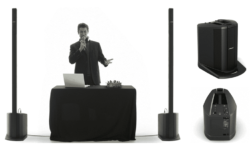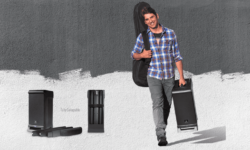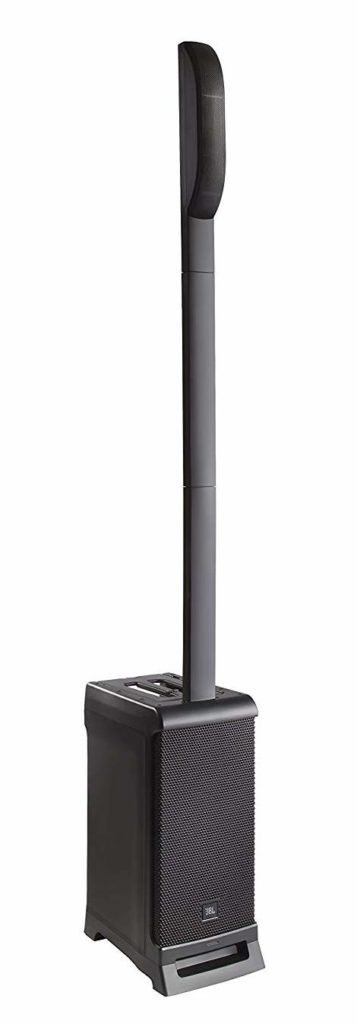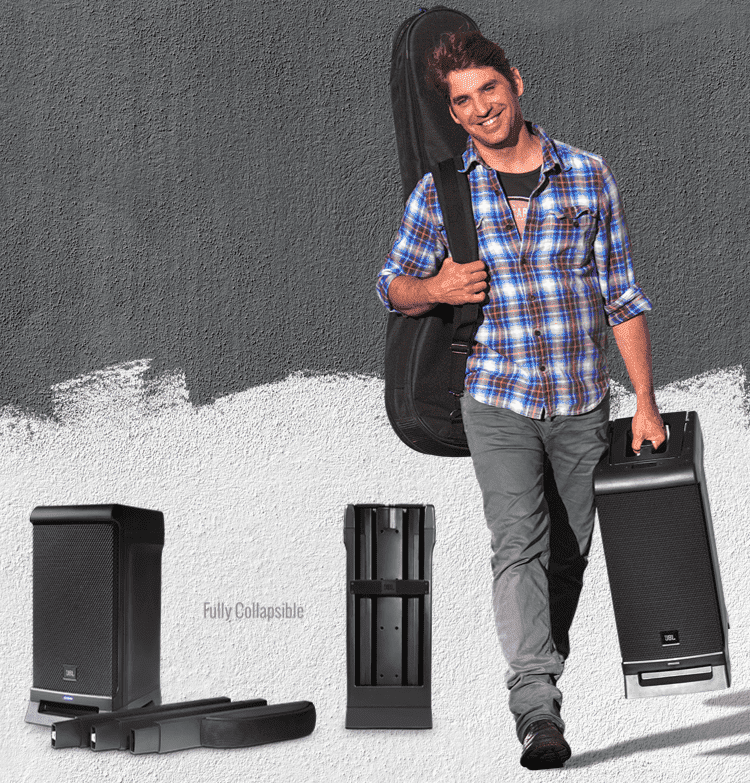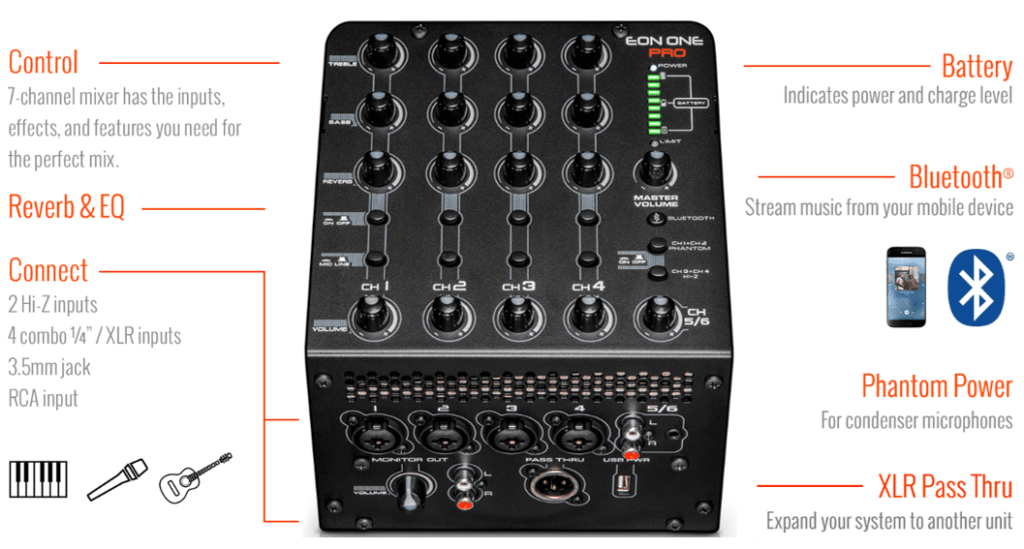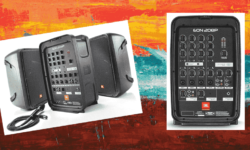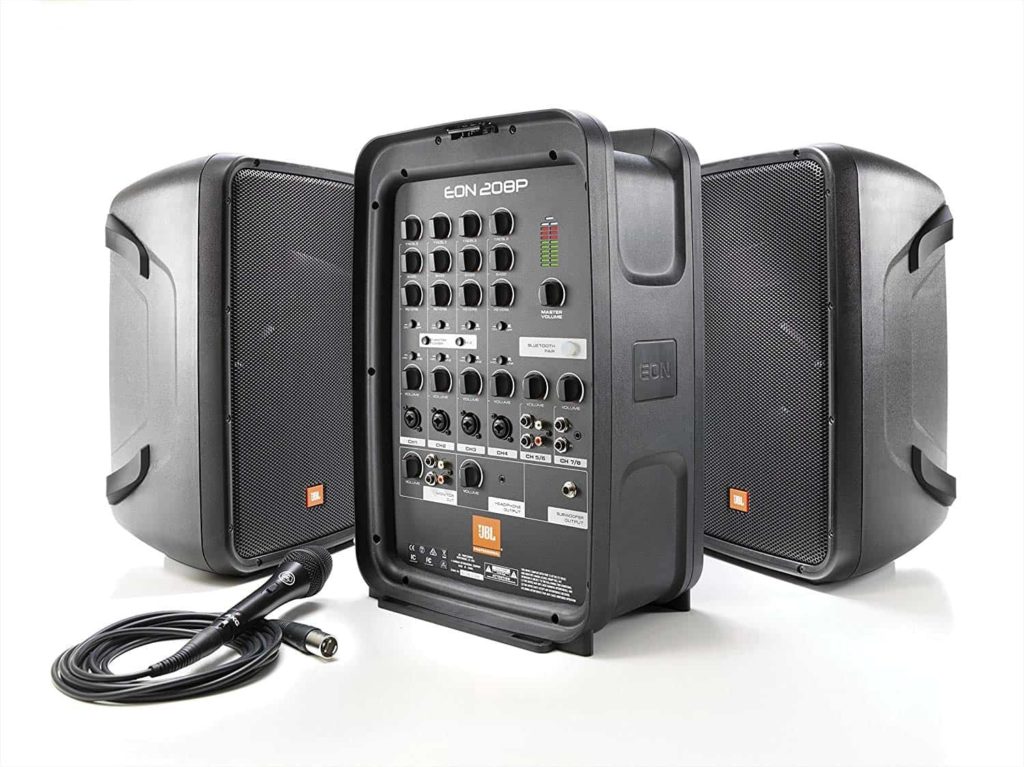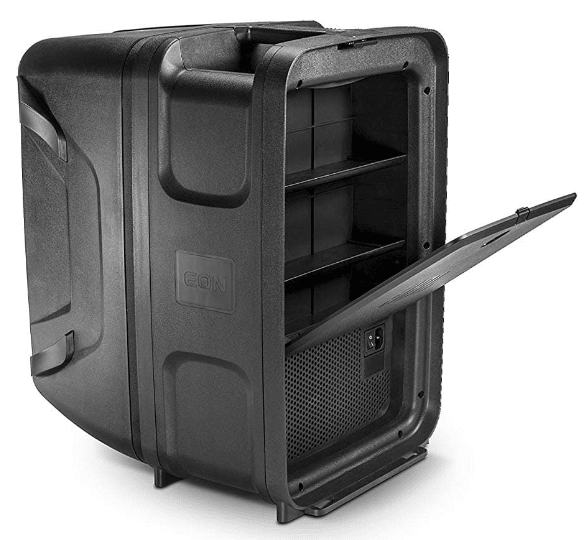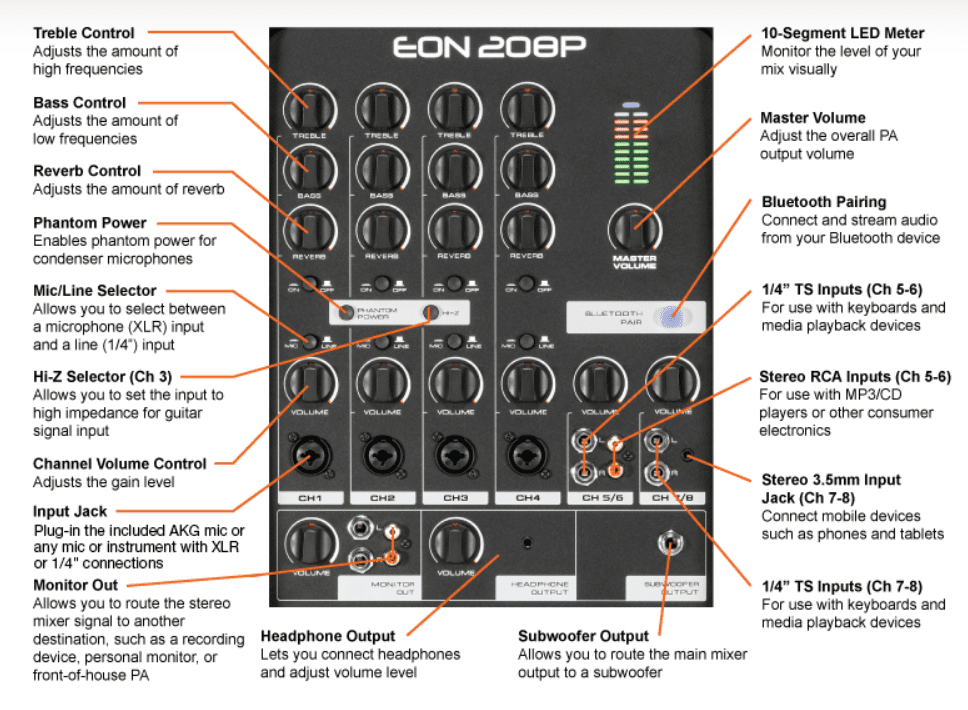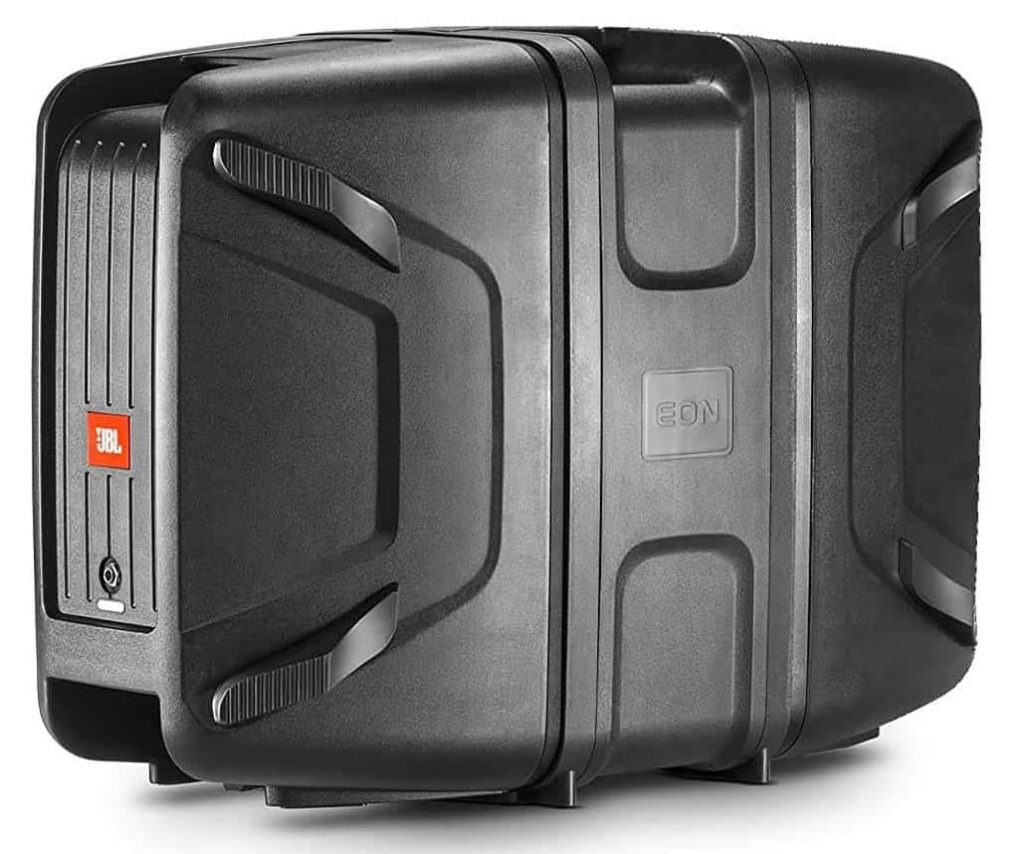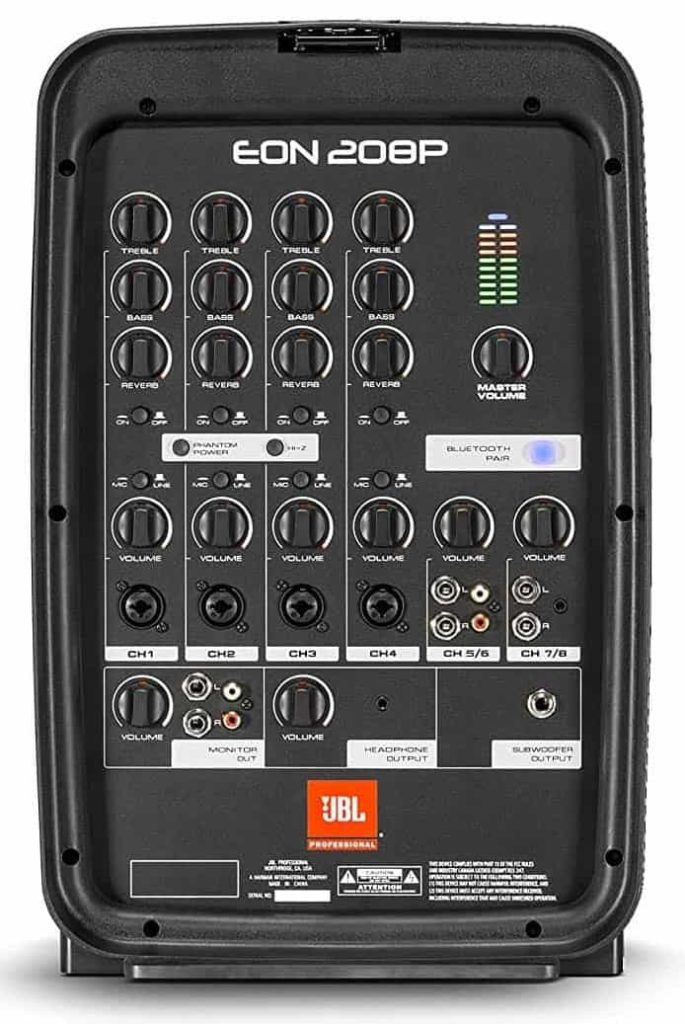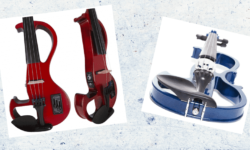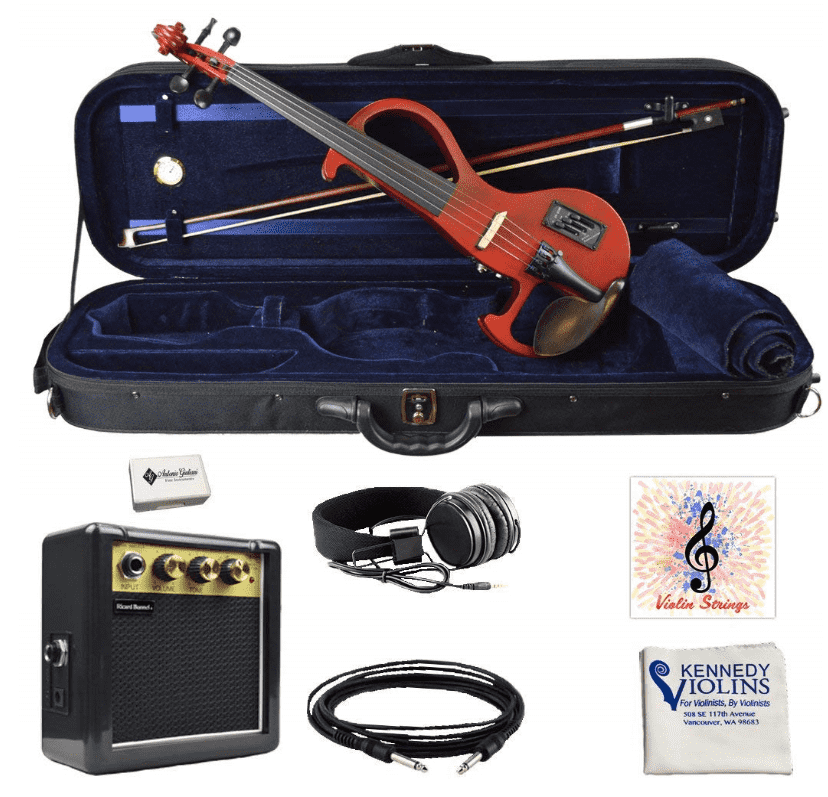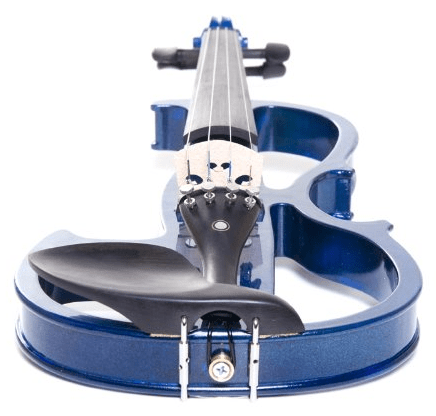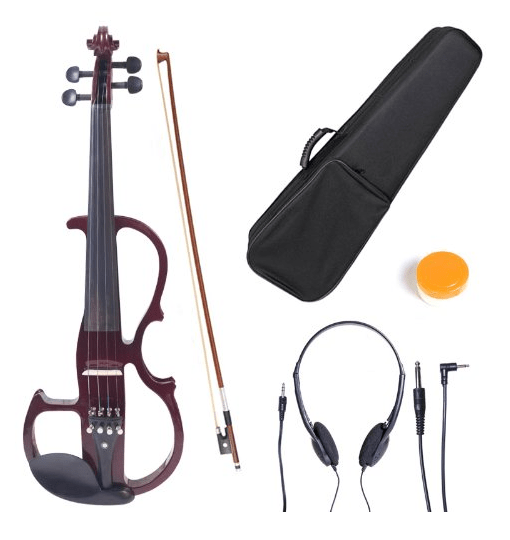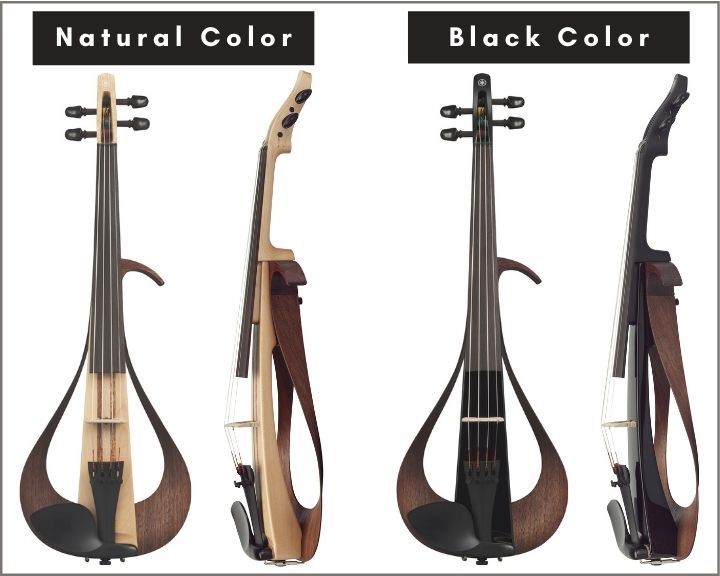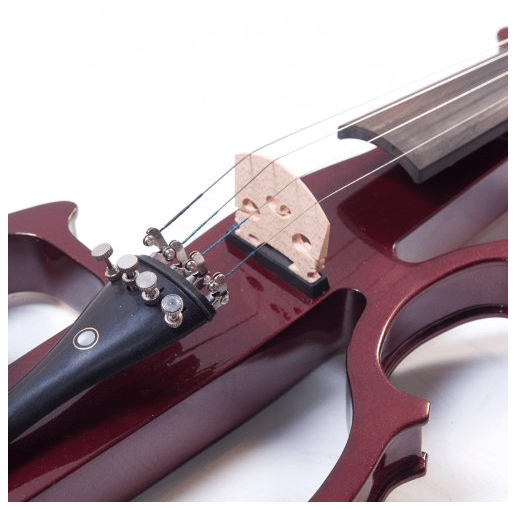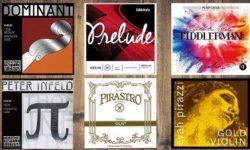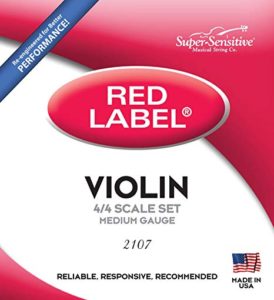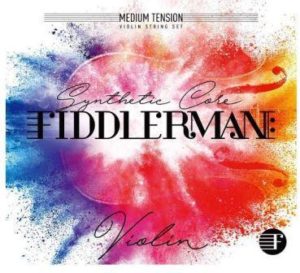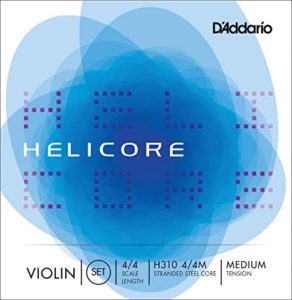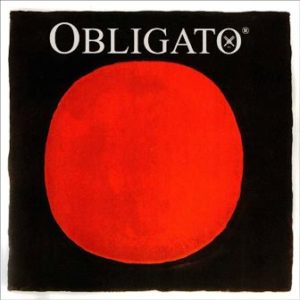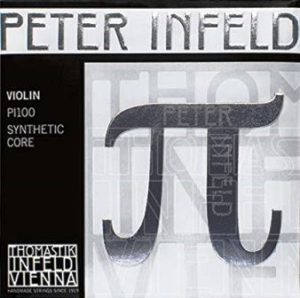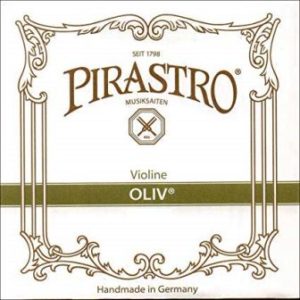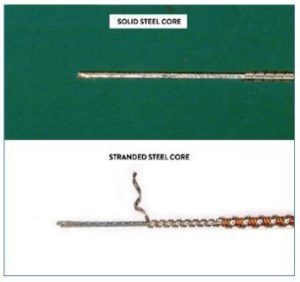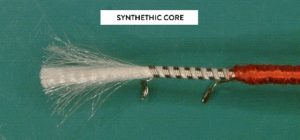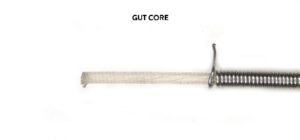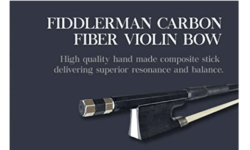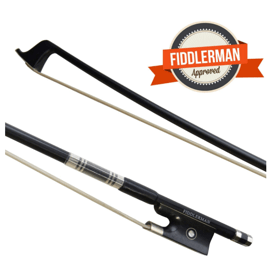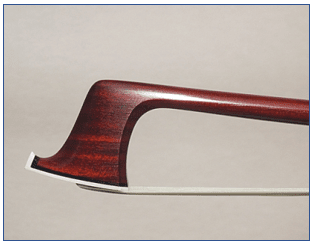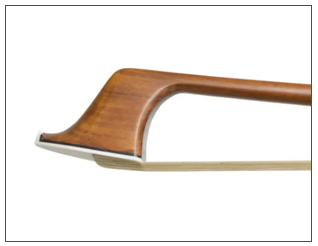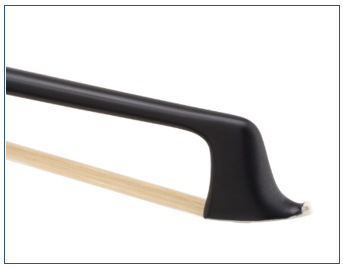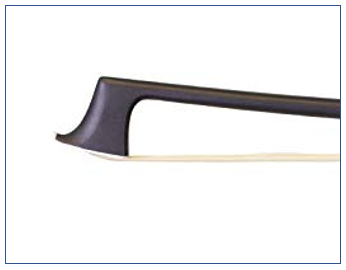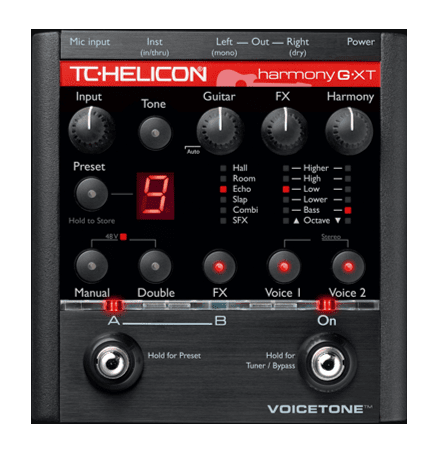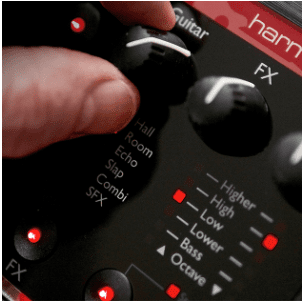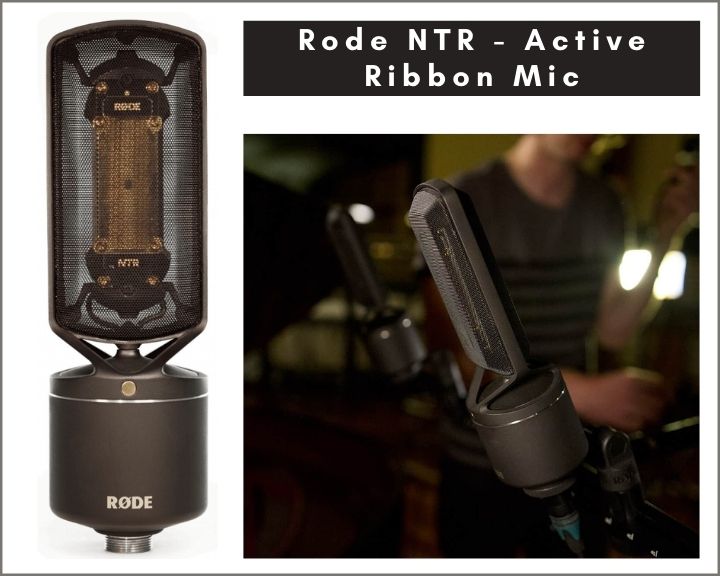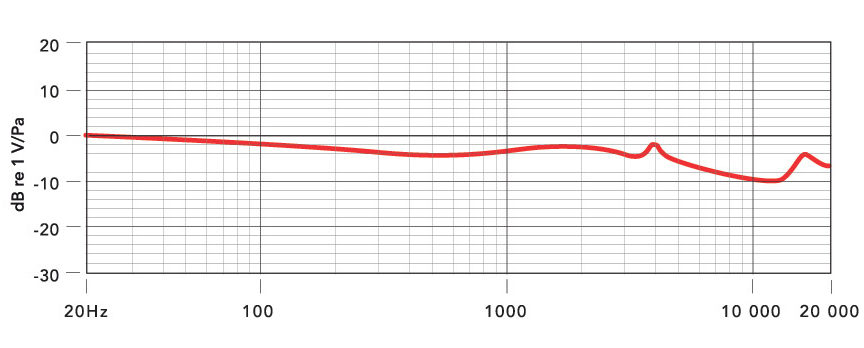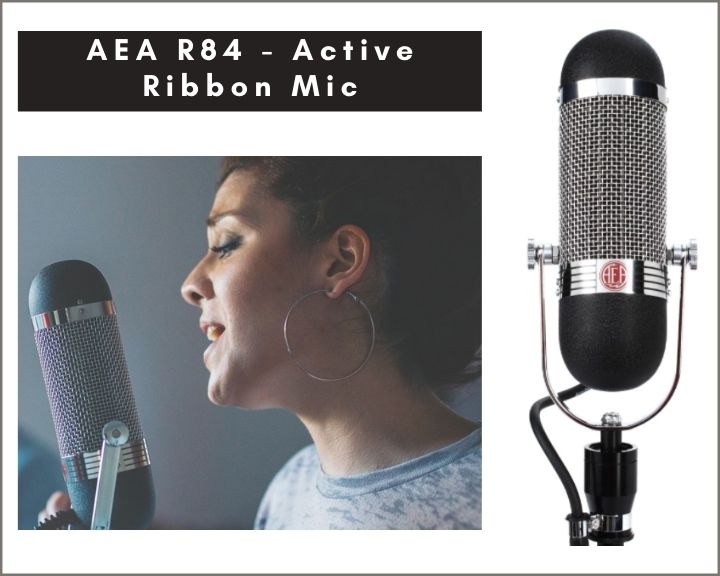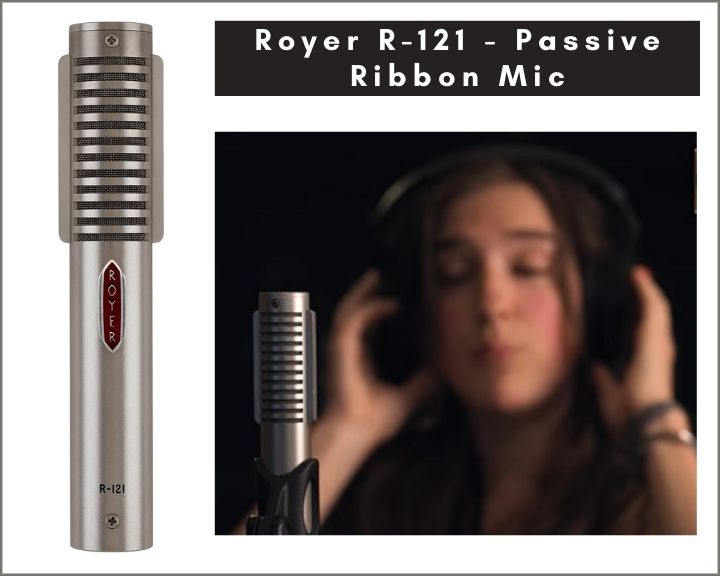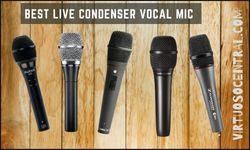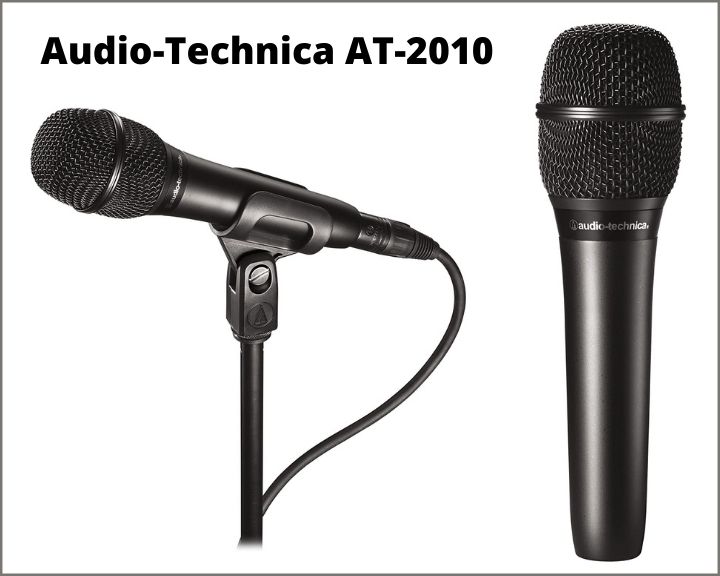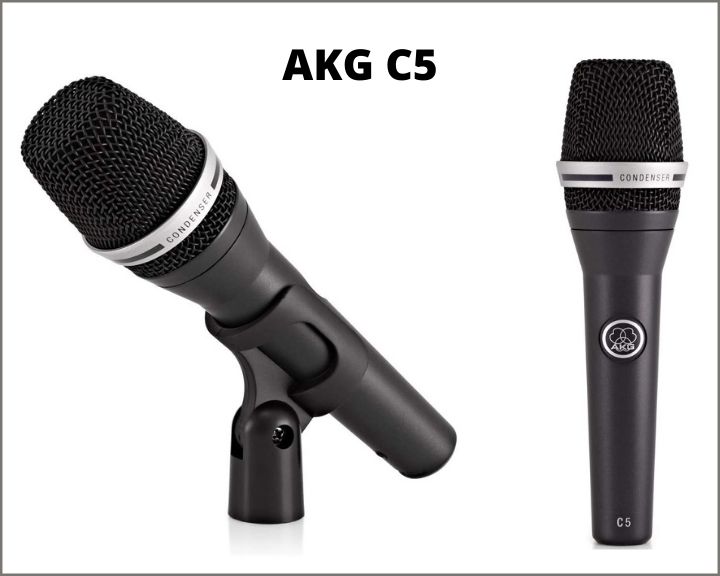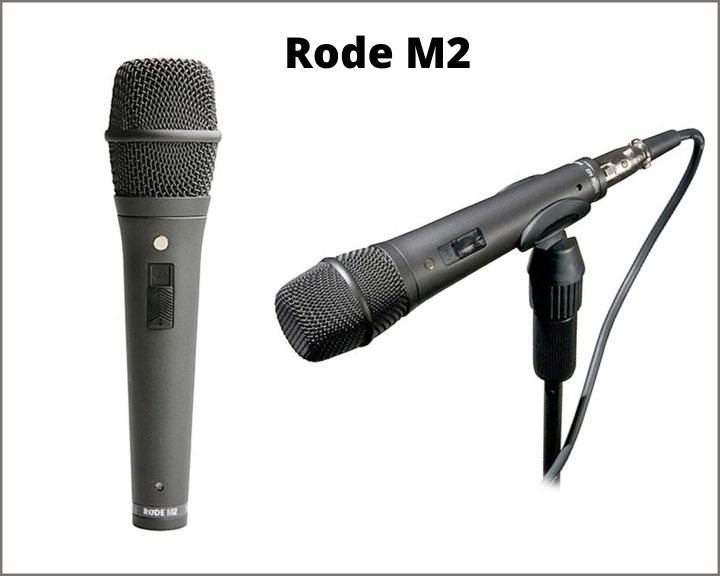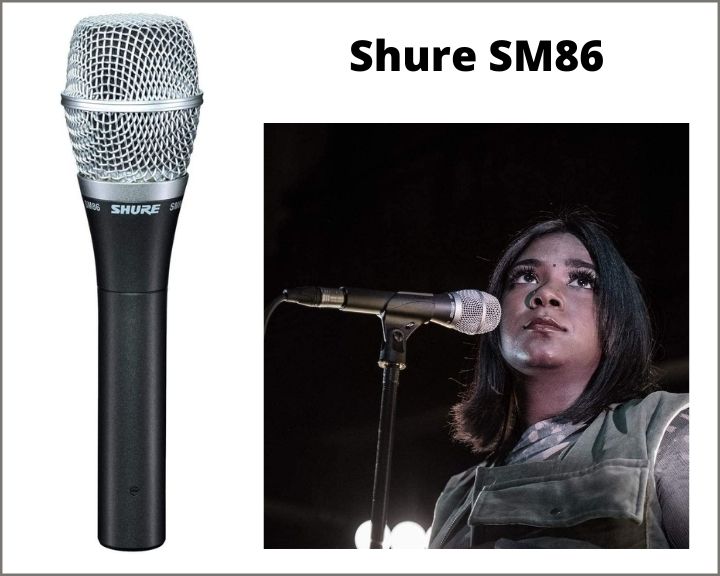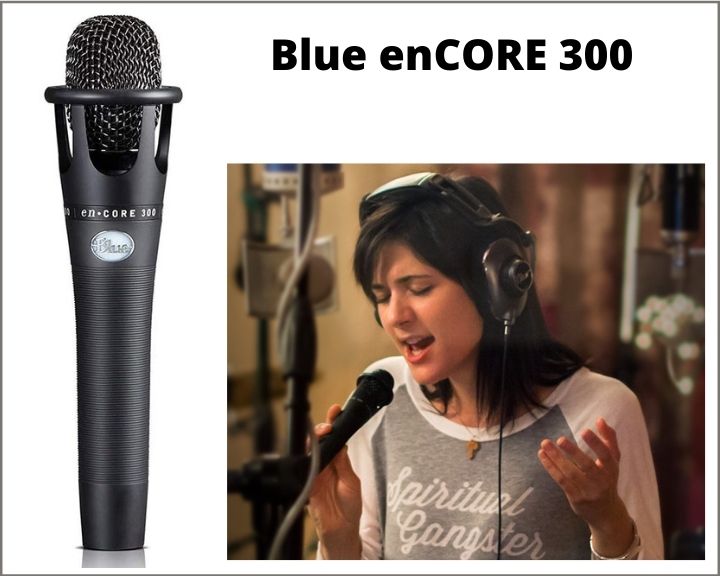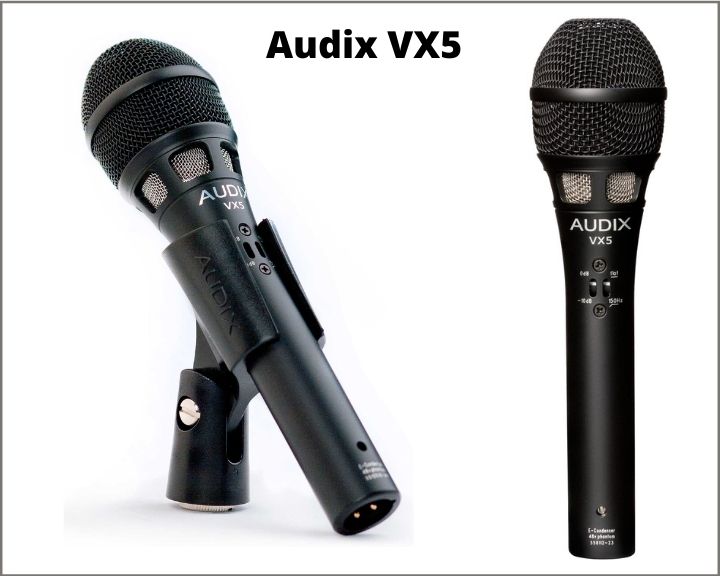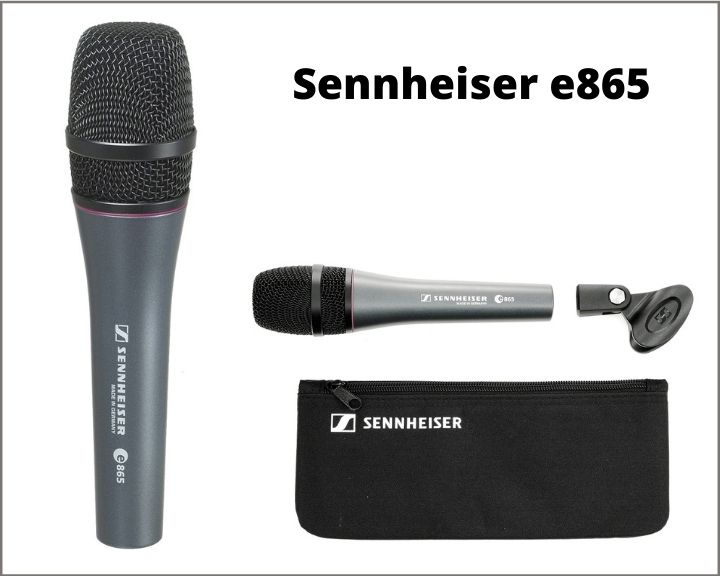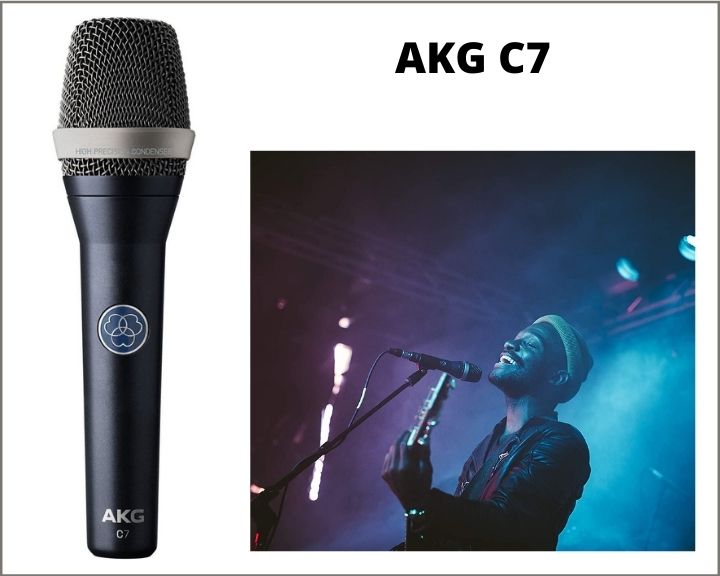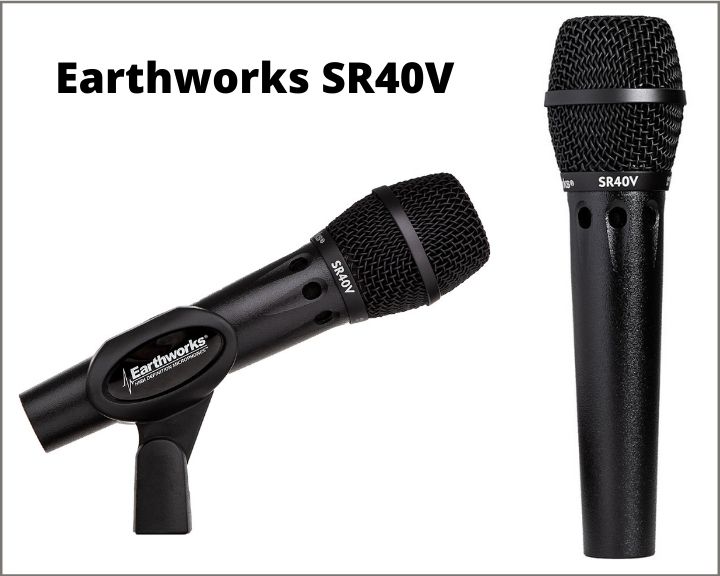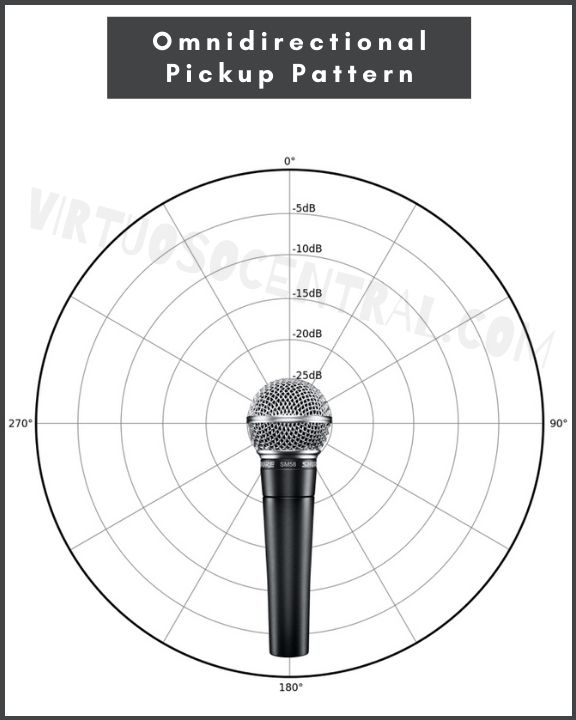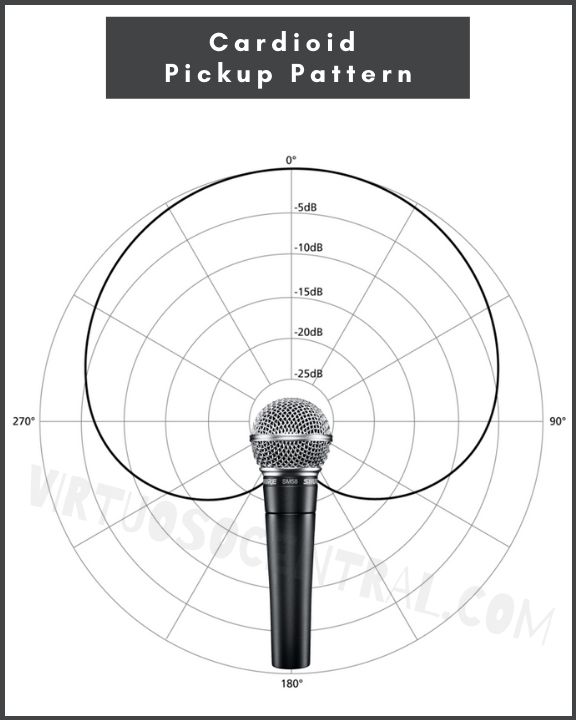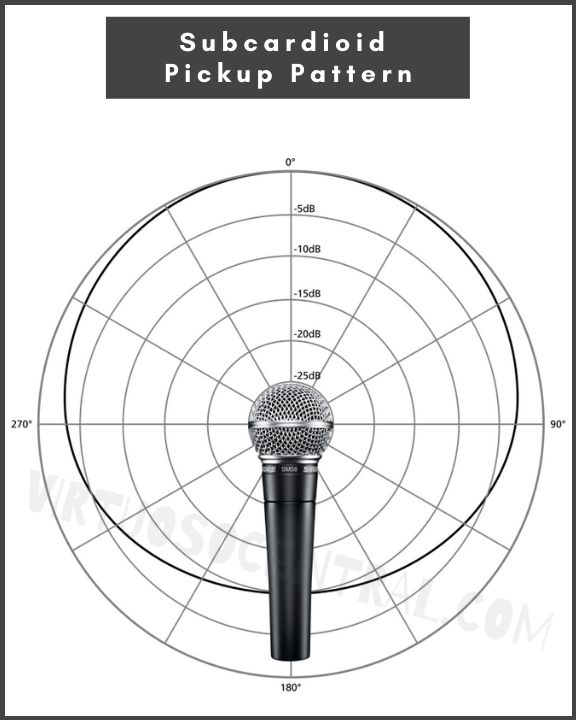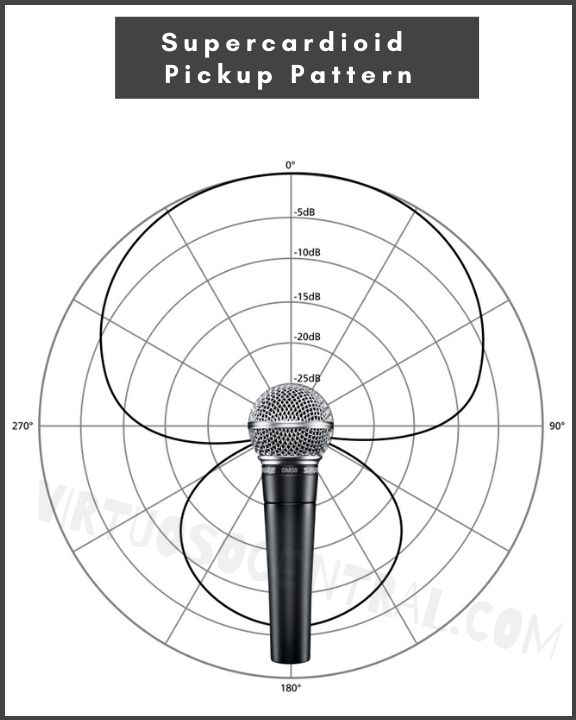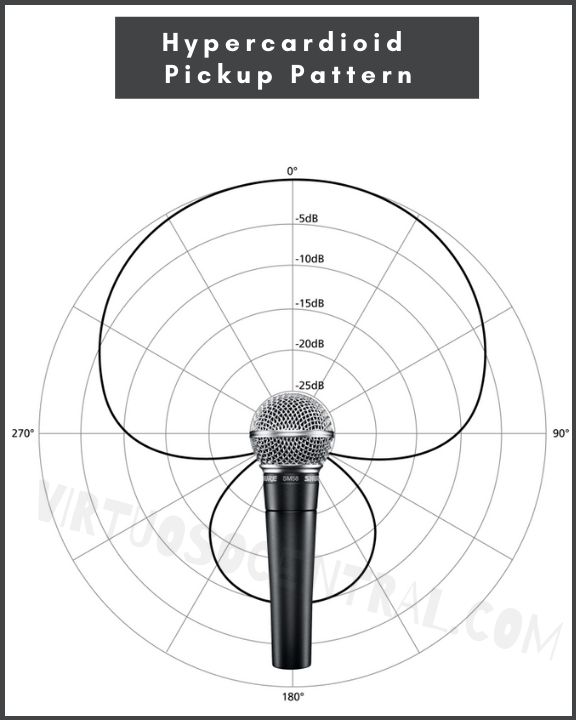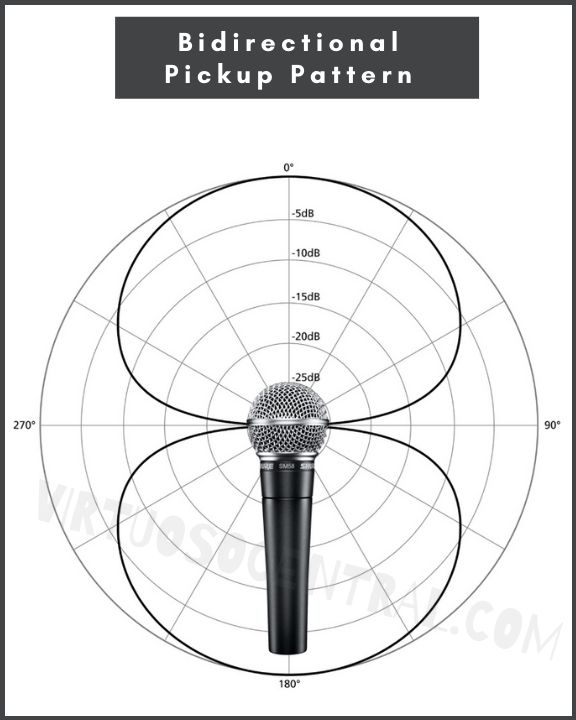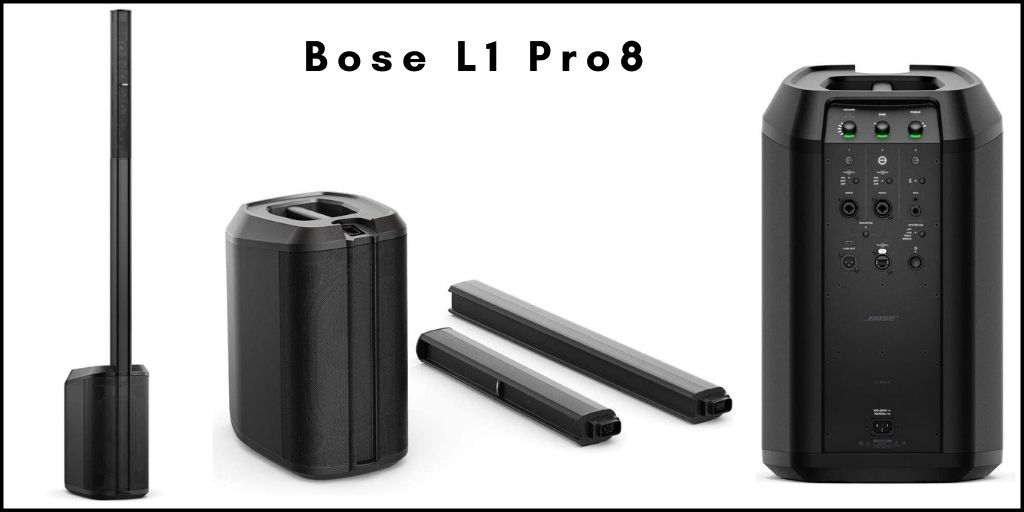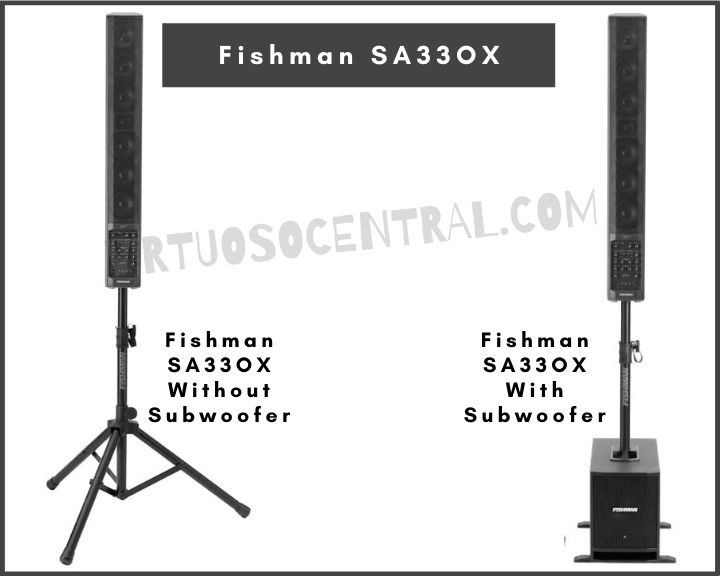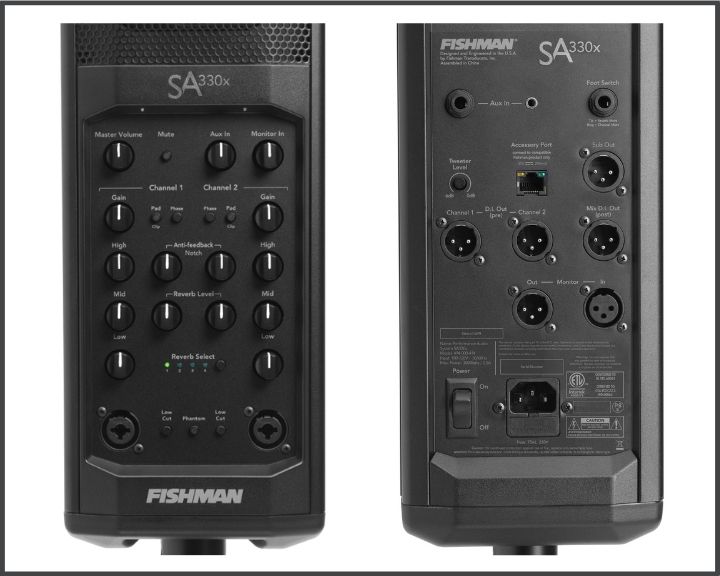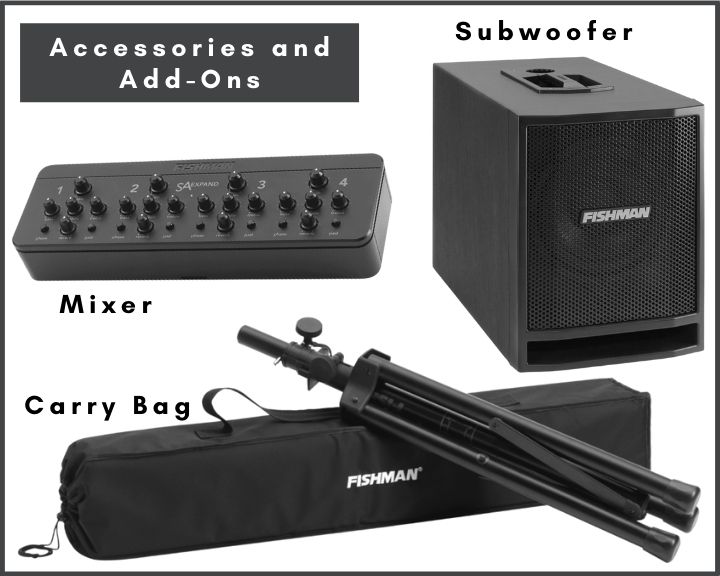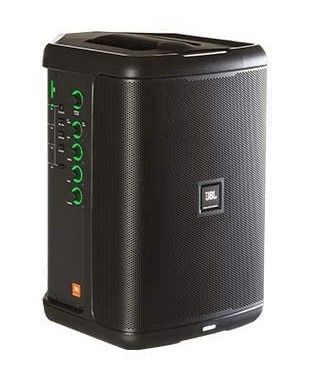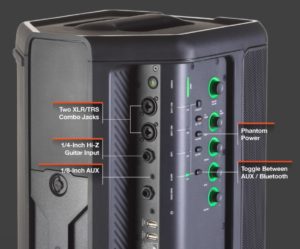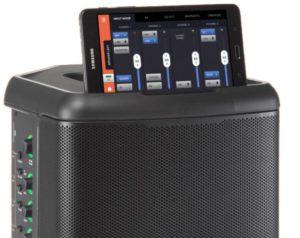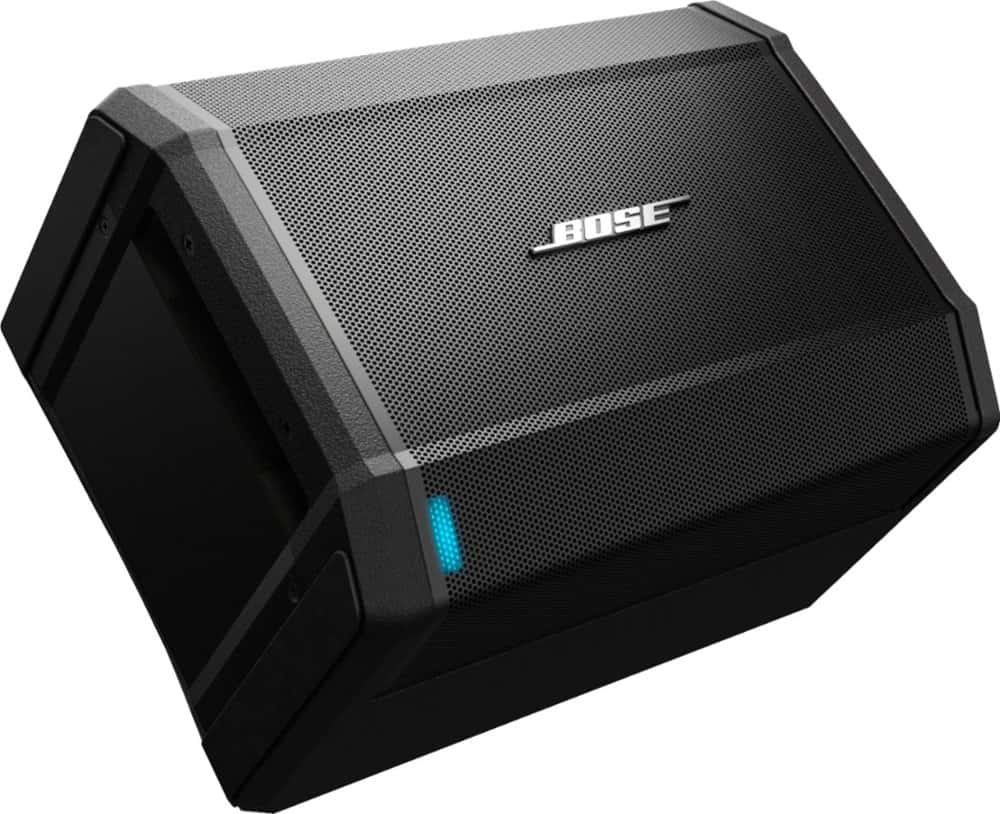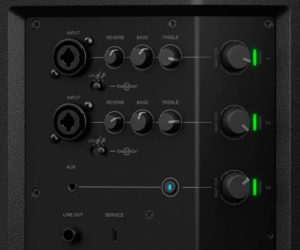Leveraging Bose’s Spatial Dispersion loudspeaker technology, the Bose L1 Compact spits out sound evenly and consistently. It’s incredibly light, but that never diminishes its ability to produce phenomenal sound. With its integrated 2-channel instrument/microphone mixer, you will never need an external mixer.
Best of all, the system’s proprietary Articulated Array Technology delivers 180 of usable horizontal coverage. That ensures your audience hears the sound super clearly no matter where they are in the room.
The L1 Compact is ideal for business presentations, classrooms, weddings, and musical performances. Whether you’re a teacher, a songwriter, or a musician, the Bose L1 is a great fit.
Here is the full Bose L1 compact review

Specs and Features
- Product dimensions: 17″(Height) x 16″ (Depth) x 13″ (Width)
- Weight: 29 lbs.
- Power source: Standard IEC AC cable
- Setup positions: Extended position (78.5″ H), Collapsed position (16.5″H)
- Proprietary ToneMatch presets
- Enclosure: Durable polypropylene cabinet material.
- Inputs: One microphone XLR input on channel 1, One instrument input on channel 2, One RCA stereo input, One 1/8″ stereo input.
- Outputs: 1/4″ balanced line out on the rear panel, 1 RCA stereo output.
- Mixer: 2 channels.
- Integrated class-D power amplifier
- Spatial Dispersion loudspeaker technology
- Speaker drivers: Six 2” drivers; One 8″ bass speaker
Product Design and Build
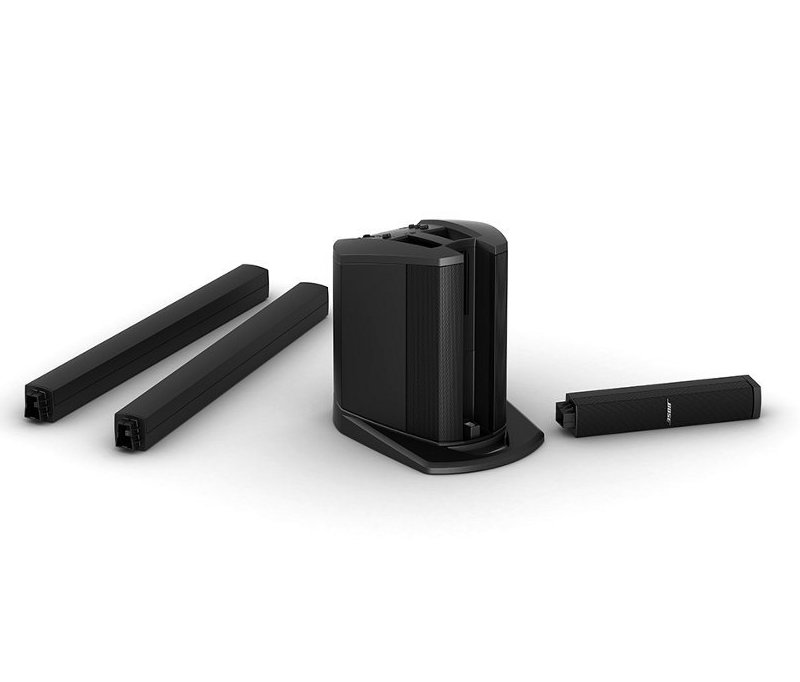
There’s only one way to describe the Bose L1 Compact system: a small package that delivers BIG sound. The system is quite small, it can fit into your car’s trunk or backseat. Actually, you could fit in 2 or 3 Compacts in the trunk! It is arguably the best lightweight PA speakers you can find.
The unit brings together conventional PA and monitors into a sleek product that’s unbelievably easy to carry. At just 29 lbs., the product is one of Bose’s smallest and lightest systems.
Innovative Design Birthed by Precision
The system features an innovative modular design. The design makes the product the easiest to use L1 system ever. You need less than one minute to get it working and kicking your performance into gear.
The system’s enclosure is constructed using durable polypropylene cabinet material. This vertical enclosure contains six small drivers placed with great precision at carefully calculated angles. These drivers lend support to the system’s Spatial Dispersion loudspeaker technology.
The combined effort ensures everyone receives high-quality sound dispersed evenly across the entire room. In short, everyone gets to enjoy the Bose sound experience regardless of their location in the room.
Very Easy to Carry and Set Up
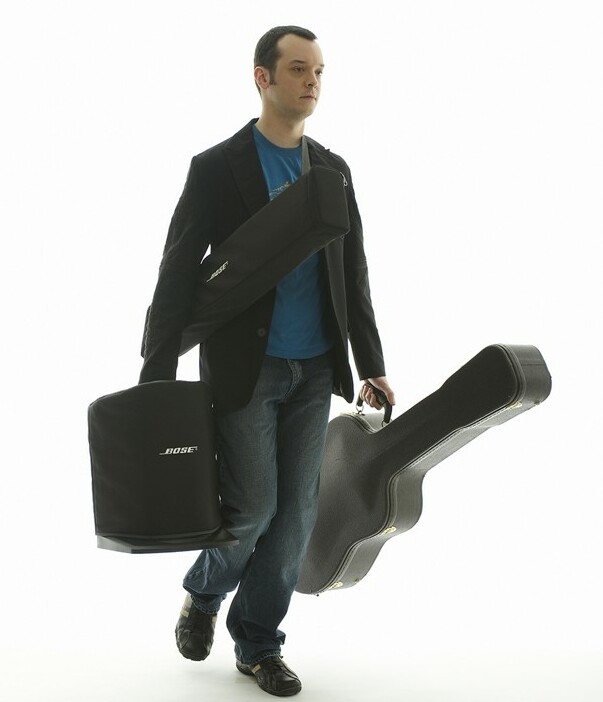
One thing sets the Bose L1 Compact system apart from most other systems. The difference is in how incredibly easy it is to carry and set up. You won’t ever need assistance carrying it from the car into the performance room.
What’s more, you won’t waste precious time handling endless cable connections. Nor you need to spend time doing audio tests to get the perfect sound thanks to Bose’s ToneMatch presets which provides you with the best audio settings. Additionally, whether your event needs a collapsed position or an extended one, you need very little time for setup.
Unique Setup Positions
The unit offers two unique setup positions giving musicians or other users increased flexibility and options. This feature lets you sculpt sound coverage that is perfect for your audience.
If the gathering or meeting is rather small, you’ll most likely position your system on a tabletop. As you do that, the array remains in its slot on the power stand.
But what if your audience is quite large? That’s when you elevate the array using the included loudspeaker extensions.
Built-in Mixer
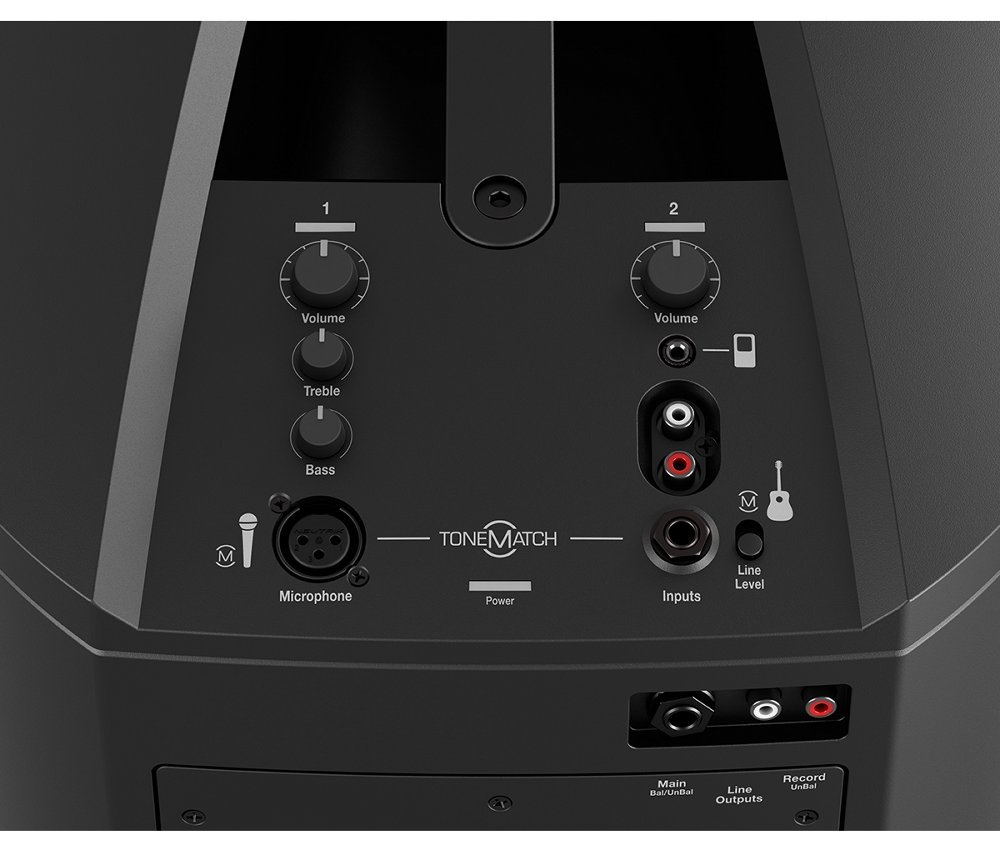
The system comes with a 2-channel mixer. The mixer is found at the back of the unit’s power stand. And that’s also where all the controls are.
The first channel features an XLR input for a vocal mic. The other channel carries a ¼” input for your guitar. The second channel also supports stereo RCA inputs. The inputs allow you to connect to a laptop or iPod. That means you can play music in between sets. Or play backing tracks.
Bose L1 also included pre-configured presets for an acoustic guitar and vocal mic so you won’t need to tweak them. This reduces setup time considerably, and that means your audience can start enjoying your message or music almost immediately.
L1 Compact’s Integrated System
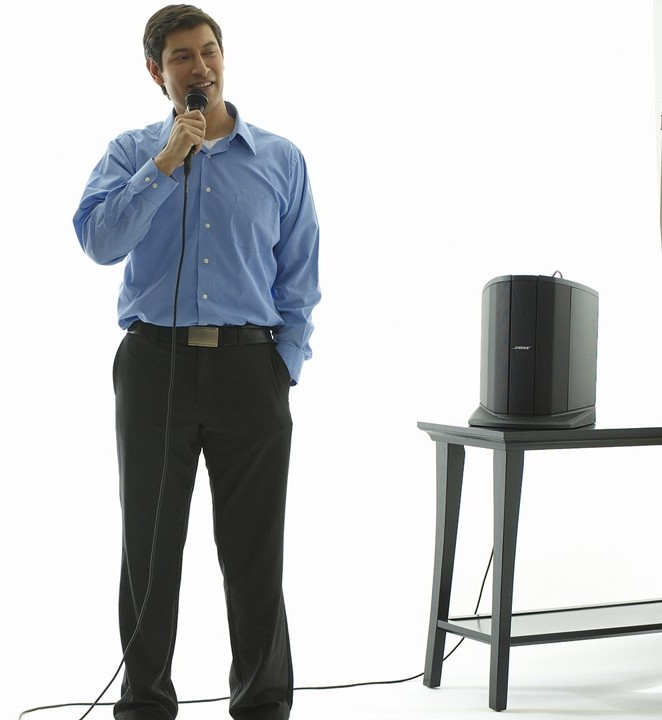
The system comes with an integrated power amplifier. Thanks to the amp, you get clean, precise amplification that adds to the overall sound quality.
Also, the Bose L1 Compact features a power stand that carries an integrated amplifier and bass speaker. For that reason, the user doesn’t need to have a separate mixer, amplifier, or bass cabinet.
Sound Quality
Most people find it hard to believe that clear and loud sound emanates from such a small system. If you have two L1 speakers in a room packed with about 300-400 people, everyone would hear the sound clearly.
The sound is not only clear but also of superior quality. Pretty much everyone who buys this PA system greatly enjoys pushing it to its limits at gigs.
The unit comes equipped with Bose’s proprietary Spatial Dispersion loudspeaker technology. Working hand-in-hand with the system’s slim loudspeaker, this technology gives about 180 of horizontal sound coverage. Thanks to this capability, the speakers generate high-quality, crystal clear and even sound throughout the room.
Sure, its loudspeaker array is smaller than what the L1 Model I and L1 Model II systems use, but that doesn’t mean the system is disadvantageous. The horizontal sound coverage the L1 Compact delivers compares closely to what you get from either of these larger alternatives.
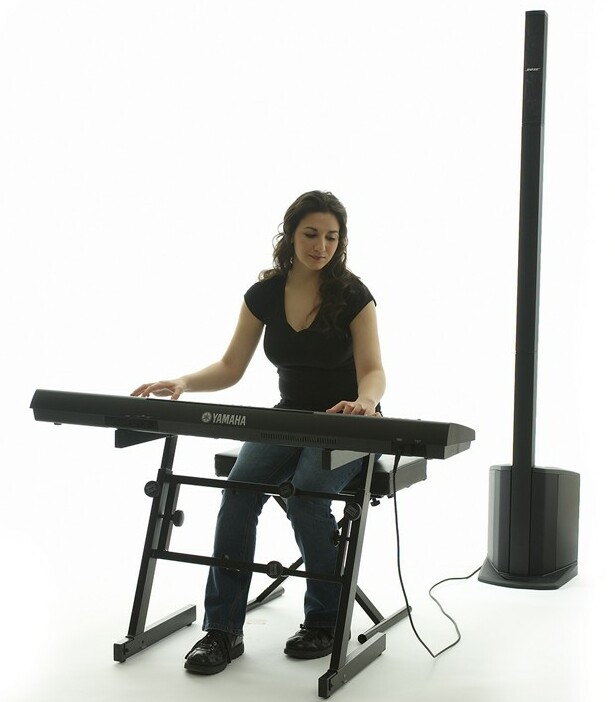
Pros
- Able to project even in a large auditorium.
- Very easy to set up.
- Incredibly light.
- Very few cables to connect.
- High-quality sound that evenly permeates the room.
Cons
- A bit pricey
- 2-channel mixer is too limited.
- It doesn’t include sound effects.
- Controls positioned at the back of power stand
- It could be too loud If you are standing in front of it.
Most people marvel at this system’s ability to project sound across large spaces. Everyone in the room enjoys the sound at the same quality level; it doesn’t matter whether they’re at the front or at the back of the room.
Unlike most other systems, the controls for this unit are positioned at the back. Having to go back and forth to operate them doesn’t feel particularly nice. But it’s unlikely you’ll need to keep making adjustments.
To increase the number of input channels you can easily connect a small mixing console like the Yamaha MG10XU or the Mackie PROFX8V2. Both have enough channels and sound effects for a small band or music group.
Bose recommends the T4S ToneMatch and T8S ToneMatch mixer, the first is a 4-channel mixer and the other is an 8 channel mixing console. The beauty of the two mixers is that they have presents for most microphones available in the market providing you with the best possible equalization so that your L1 Compact sounds at its best. It also features a powerful digital signal processing (DSP) engine that includes a large library of effects and audio processors that will make you sound great.
As for volume that feels too loud onstage, you can easily address that. Position the system beside you rather than behind you. To determine the positions that work best for you, you’ll have to experiment a bit with your unit.
Value and Price
When you open the box, you get a high-quality L1 Compact power stand. You also get a cover for the power stand/loudspeaker array. There’s also a loudspeaker array, extensions, and a carrying bag for the extensions. In addition, you get a power cord.
The unit’s a little pricey but considering the amount and quality of sound you get, the cost is justifiable. Also, since setup takes less than a minute, you’ll save tons of time in the long run. And being able to carry the system to your gig without help makes you feel independent and in charge.
Final Thoughts
If money isn’t an issue for you, the Bose L1 Compact is a PA system I’d highly recommend. The system gives you and your audience a very high-quality sound that gets evenly distributed to the entire space. If you’re a one-man-band who travels a lot, this would be a perfect fit. The system needs less than a minute to set up and about the same amount of time to break down. Overall, the Bose L1 Compact is a great product. It’s something
